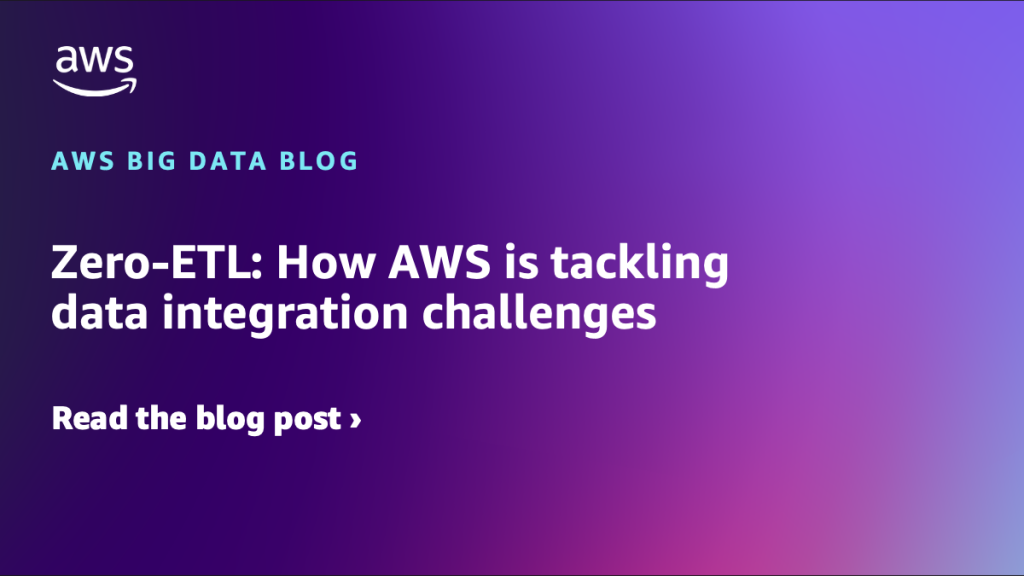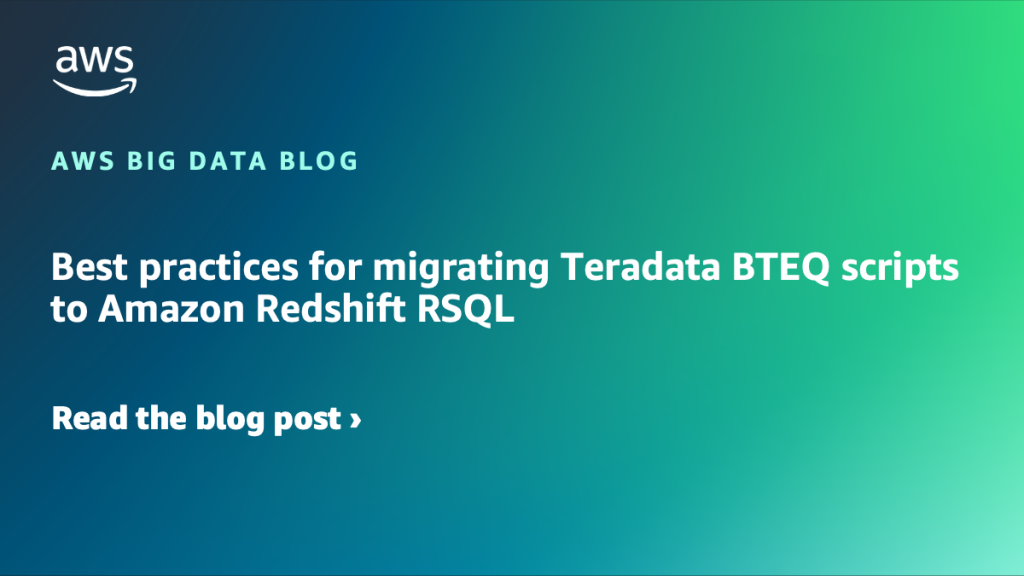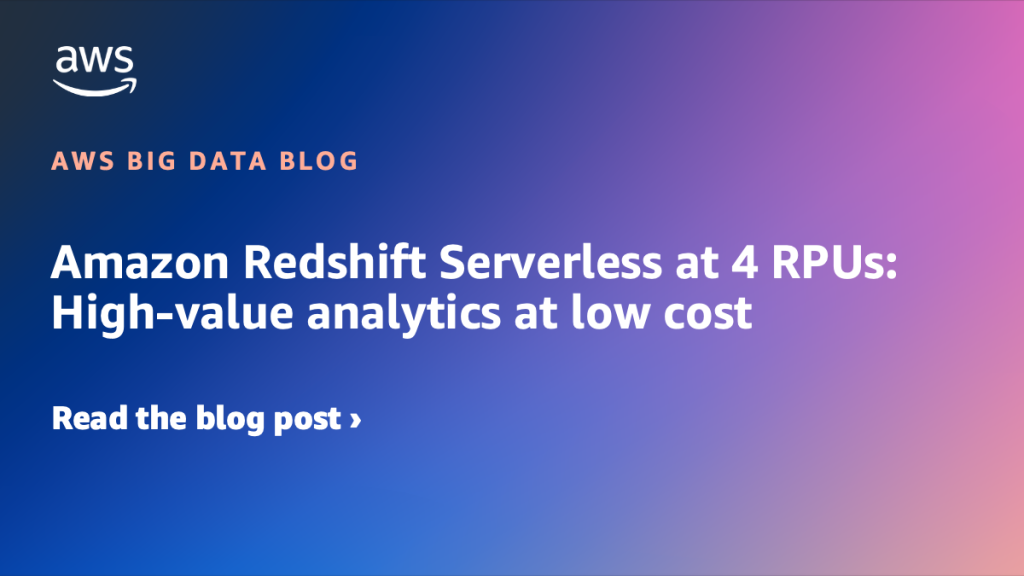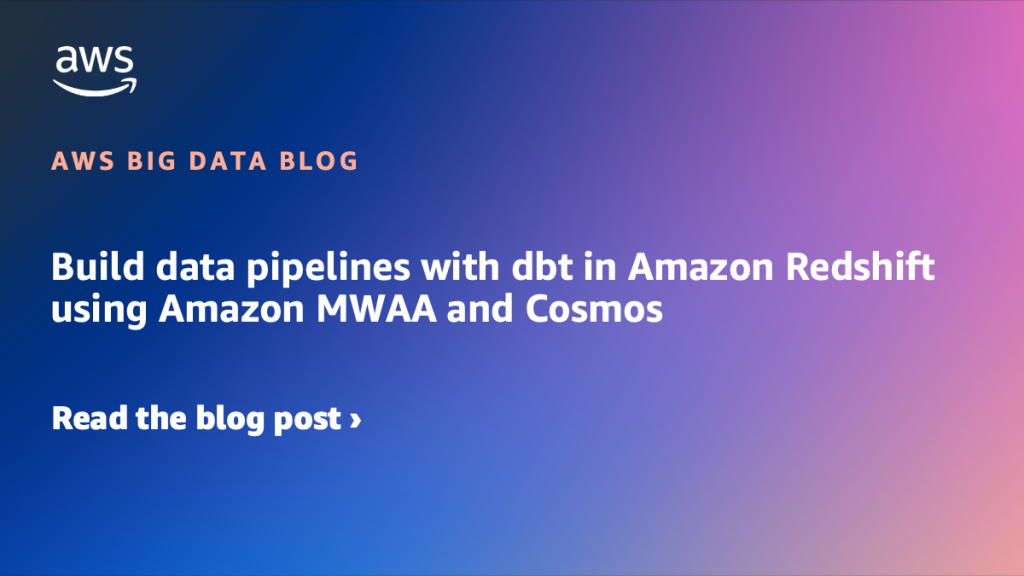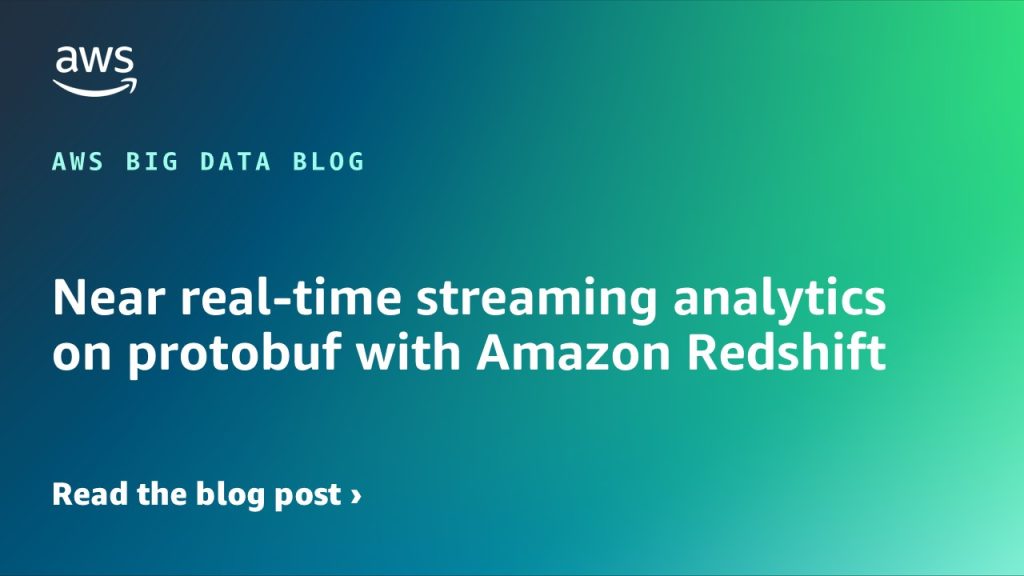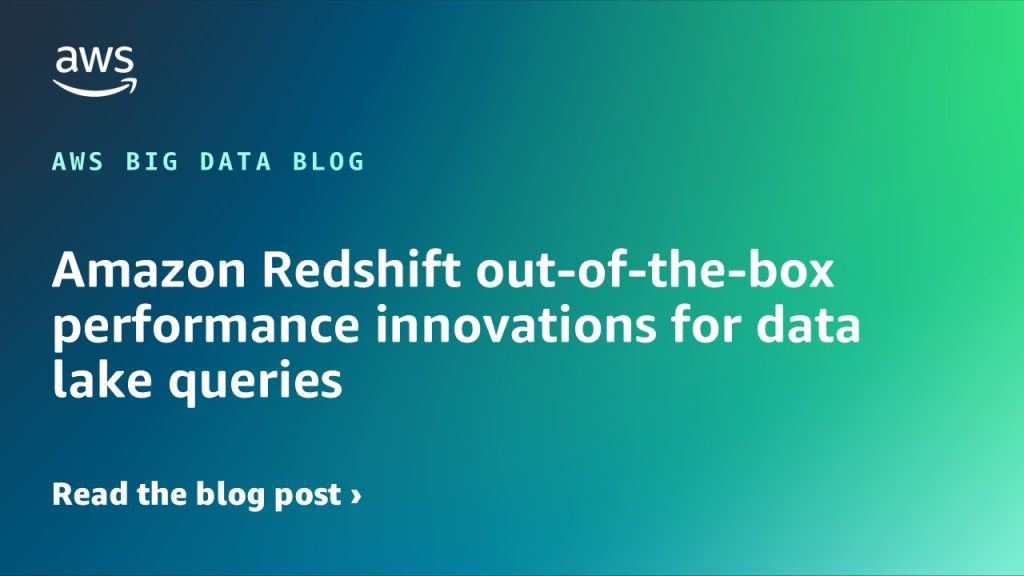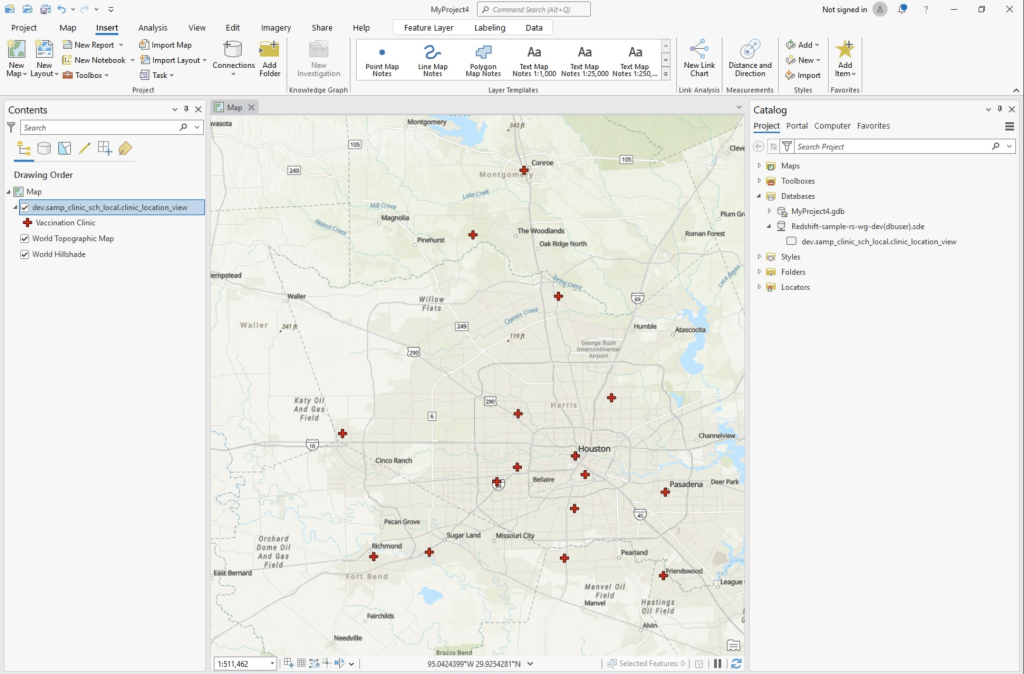AWS Big Data Blog
Category: Amazon Redshift
Zero-ETL: How AWS is tackling data integration challenges
In this blog post, we show you how Amazon Web Services (AWS) is simplifying data integration with zero-ETL while realizing performance benefits and cost optimizations. As organizations gather data for analytics and AI, they are increasingly finding themselves caught in a complex web of extract, transform, and load (ETL) pipelines—the traditional backbone of data integration. […]
Best practices for migrating Teradata BTEQ scripts to Amazon Redshift RSQL
When migrating from Teradata BTEQ (Basic Teradata Query) to Amazon Redshift RSQL, following established best practices helps ensure maintainable, efficient, and reliable code. While the AWS Schema Conversion Tool (AWS SCT) automatically handles the basic conversion of BTEQ scripts to RSQL, it primarily focuses on SQL syntax translation and basic script conversion. However, to achieve […]
Amazon Redshift Serverless at 4 RPUs: High-value analytics at low cost
Amazon Redshift Serverless now supports 4 RPU configurations, helping you get started with a lower base capacity that runs scalable analytics workloads beginning at $1.50 per hour. In this post, we examine how this new sizing option makes Redshift Serverless accessible to smaller organizations while providing enterprises with cost-effective environments for development, testing, and variable workloads.
Build data pipelines with dbt in Amazon Redshift using Amazon MWAA and Cosmos
In this post, we explore a streamlined, configuration-driven approach to orchestrate dbt Core jobs using Amazon Managed Workflows for Apache Airflow (Amazon MWAA) and Cosmos, an open source package. These jobs run transformations on Amazon Redshift. With this setup, teams can collaborate effectively while maintaining data quality, operational efficiency, and observability.
Near real-time streaming analytics on protobuf with Amazon Redshift
In this post, we explore an end-to-end analytics workload for streaming protobuf data, by showcasing how to handle these data streams with Amazon Redshift Streaming Ingestion, deserializing and processing them using AWS Lambda functions, so that the incoming streams are immediately available for querying and analytical processing on Amazon Redshift.
Amazon Redshift out-of-the-box performance innovations for data lake queries
In this post, we first briefly review how planner statistics are collected and what impact they have on queries. Then, we discuss Amazon Redshift features that deliver optimal plans on Iceberg tables and Parquet data even with the lack of statistics. Finally, we review some example queries that now execute faster because of these latest Amazon Redshift innovations.
Secure generative SQL with Amazon Q
In this post, we discuss the design and security controls in place when using generative SQL and its use in both Amazon SageMaker Unified Studio and Amazon Redshift Query Editor v2.
Revenue NSW modernises analytics with AWS, enabling unified and scalable data management, processing, and access
Revenue NSW, Australia’s principal revenue management agency, successfully modernized its analytics infrastructure using AWS services. In this blog post, we show how the organization transformed its on-premises data environment into a unified, scalable cloud-based solution using Amazon Redshift, AWS Database Migration Service, Amazon AppFlow, and AWS Glue.
Harnessing the Power of Nested Materialized Views and exploring Cascading Refresh
In this post, we explore how to maximize Amazon Redshift query performance through nested materialized views and implementing cascading refresh strategies. We demonstrate how to create materialized views based on other materialized views, enabling a hierarchical structure of precomputed results that significantly enhances query performance and data processing efficiency, particularly useful for reusing precomputed joins with different aggregate options.
Geospatial data lakes with Amazon Redshift
In this post, we review how to set up Redshift Serverless to use geospatial data contained within a data lake to enhance maps in ArcGIS Pro. This technique helps builders and GIS analysts use available datasets in data lakes and transform it in Amazon Redshift to further enrich the data before presenting it on a map.
